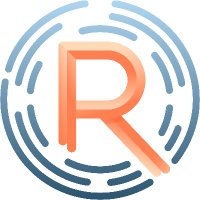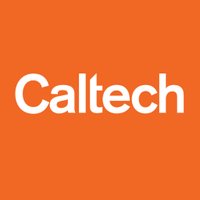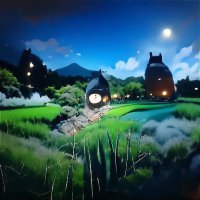
Pratul Srinivasan
@_pratul_
Research Scientist at @GoogleAI. UC Berkeley PhD 2020 + Duke 2014. 3D computer vision + graphics (NeRF!)
ID: 359730197
https://pratulsrinivasan.github.io/ 22-08-2011 02:32:30
73 Tweet
1,1K Followers
105 Following

A huge problem with modern radiance field technology (DreamFusion, NeRF, 3DGS, etc) is that the models you recover are damn near impossible for an artist (or an AI) to manually retexture. We fixed this! Excellent new paper from Pratul Srinivasan & co: pratulsrinivasan.github.io/nuvo/

🚀 Exciting news from Google Research! Their latest innovation, Nuvo, is changing the game in UV Mapping. Nuvo tackles complex geometries with neural field-based UV mapping, paving the way for more flexible and editable NeRFs and Generative outputs. 🔗neuralradiancefields.io/nuvo-revolutio…


Introducing Eclipse, a method for recovering lighting and materials even from diffuse objects! The key idea is that standard "NeRF-like" data has all we need: a photographer moving around a scene to capture it causes "accidental" lighting variations. dorverbin.github.io/eclipse/ (1/3)










IllumiNeRF enables relighting without expensive inverse rendering. We use a diffusion model trained to relight a single image, and turn its samples into a consistent 3D relit NeRF. With Xiaoming Zhao (currently on the job market!) Pratul Srinivasan Keunhong Park Ricardo Martin-Brualla Philipp Henzler





